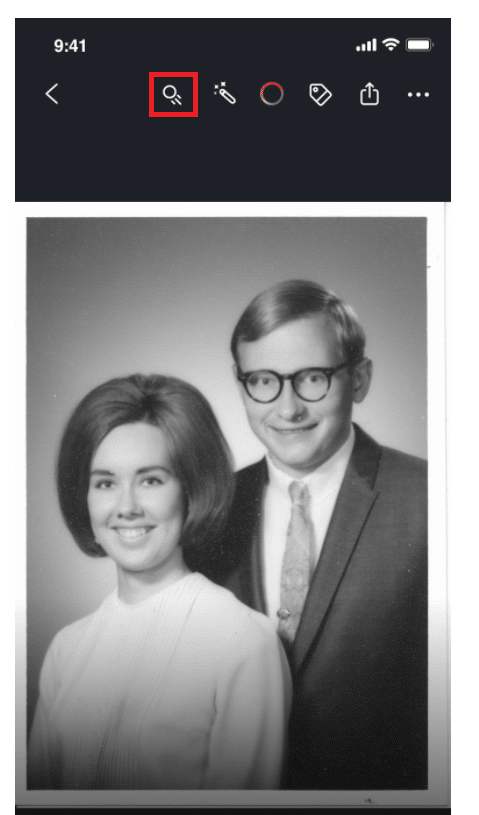

It’s also one component of the ongoing aesthetics of nostalgia. MyHeritage itself cautions that “ome people love the Deep Nostalgia™ feature and consider it magical, while others find it creepy and dislike it,” calling it “uncanny” - a reference both to Freud’s unheimlich and Masahiro Mori’s bukimi no tani genshō (不気味の谷現象), usually translated as Uncanny Valley.ĭeep Nostalgia - along with the bicentennial Keats, Ai-Da, and Woebot - has been just one of the examples I’ve encountered this year of our ongoing efforts to technologically reproduce the human. wp-content/uploads/2021/09/John-Keats-life-mask-animation.mp4Īs thrilling as Deep Nostalgia is to many users, just as many have been disturbed by it. It was enough to make me lose my religion. I tried animating Keats’s life mask, for example, but Deep Nostalgia renders his eyelids in REM. It doesn’t usually recognize cartoon faces (sorry, Fred Flintstone) nor nonhuman faces (animating your dog will have to wait), and it performs less well on faces in makeup, at unusual angles, or ones with eyes and mouths closed.

Compared to the often-biased standards of current facial-recognition technology, it does relatively well with faces of color, disfigured faces, and faces partially obscured by veils, sunglasses, or the omnipresent coronavirus mask. It recognizes and animates a wide variety of media, including artworks. The technology took social media by storm, and users have generated nearly 100 million animations, including ones of Frederick Douglass, Queen Victoria, Marie Curie, Mark Twain, Florence Nightingale, Martin Luther King Jr., and Ruth Bader Ginsburg. wp-content/uploads/2021/09/John-Keats-painting-animation.mp4Īccording to MyHeritage, Deep Nostalgia is a way to bring to life photographs of dead ancestors and famous people. To my delight, the Romantic poet was soon blowing kisses at me through the screen. Riding my techno-high, I created an account and uploaded paintings of Keats. Just two days after Keats’s bicentennial, the Israeli genealogy site MyHeritage released Deep Nostalgia, a technology developed by Israeli security company D-ID (De-Identification) as part of their “reenactment suite,” that animates human faces in photographs, making them look around, nod, smile, wink, and even dance. Filled with a mixture of wonder and enthusiasm for future improvement of this developing technology (it still bore the geodesic surfaces of many digital likenesses built from scratch), I was mostly warmed by the feeling of collective global appreciation for a poet none of us had met, as well as the potential to revivify him for students and the public. Somewhat dejected, I returned to my flat instead to watch a Zoom celebration that debuted the Institute for Digital Archaeology’s reconstruction of the poet, based on contemporary images and masks, that could gesture and recite his poems, accent and all. When I arrived at the long white house in Hampstead, however, there were few signs of the momentous anniversary because of the pandemic.

On February 23, the bicentennial of Romantic poet John Keats’s death, I decided to walk to his London home. ALTHOUGH 2021 CONTINUES to be a year of unbearable deaths, it’s also a year of uncanny resurrections.


 0 kommentar(er)
0 kommentar(er)
